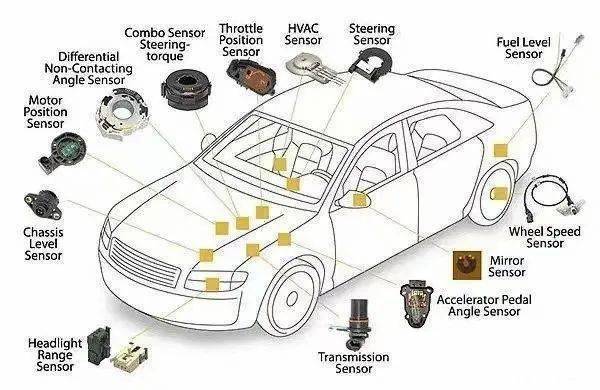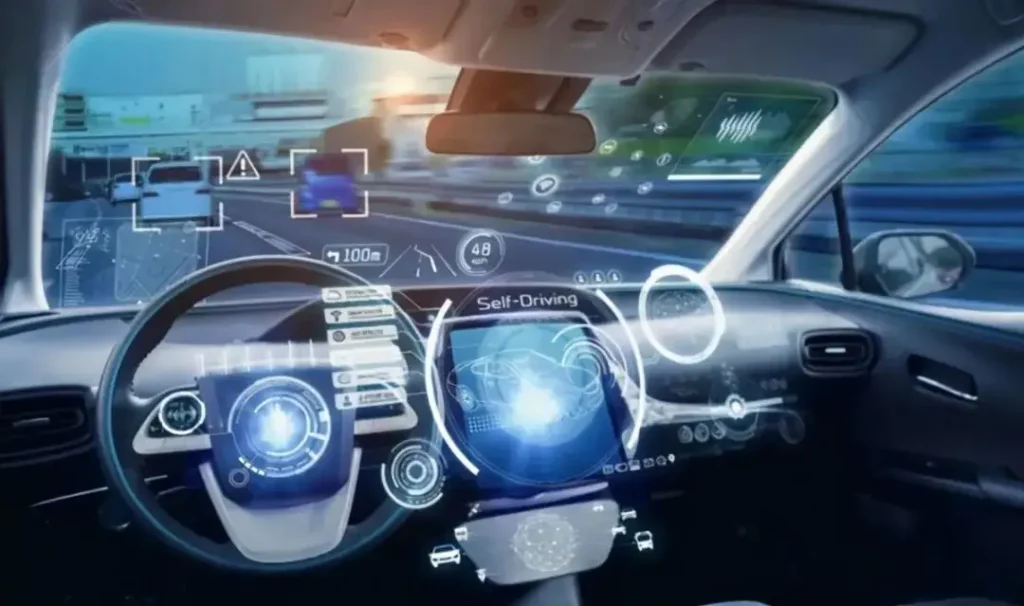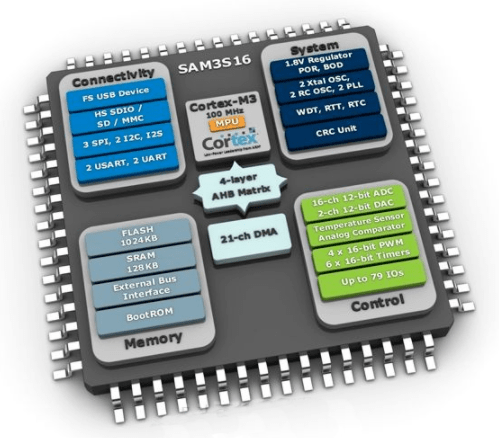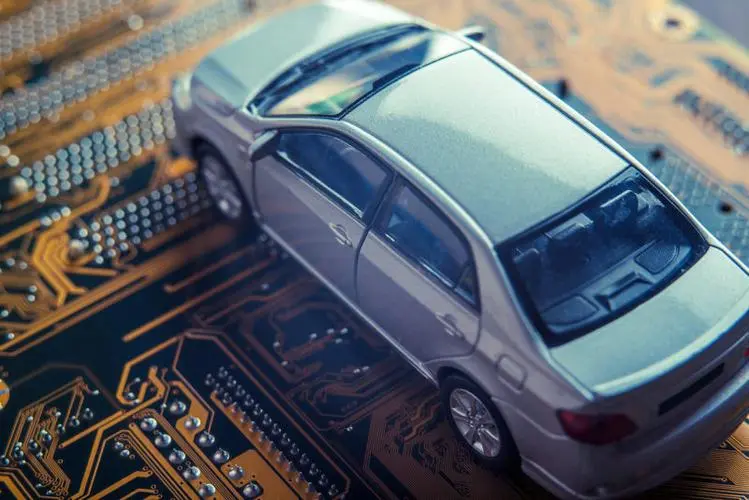Lastest News
Chip enables all aspects of automotive intelligence
For most people, they may not have met with the chip in the car from buying a car to scrapping, but it plays a key role in obscurity and stands at the forefront of the wave of automotive intelligence.
What is automobile chip?
Generally speaking, semiconductor chips can be called chips as long as they are made by micro machining. IHS divides automotive semiconductors into seven categories: Analog IC, logic IC, storage IC, separation device, micro control IC, optical semiconductor, sensor and actuator.

It is estimated that each vehicle carries about 1600 semiconductors on average. These semiconductors are distributed in various equipment and systems of the vehicle, and it is automotive chips, such as logic computing chips, memory chips, microcontroller MCU, etc., that lead their collaborative work.
From the perspective of application, all kinds of chips are indispensable for cars, ranging from tire pressure monitoring system tmps and camera to vehicle controller and automatic driving domain controller. It can be said that the intelligence of automobile is the intelligence of chip.

In terms of environmental perception, automobile perception is mainly realized by cameras, ultrasonic radars, millimeter wave radars, laser radars, IMU and other sensors. According to different functional requirements, these sensors are internally integrated with cmos/ccd photosensitive devices, TOF chips, ISPs, RF chips, millimeter wave radar chips, laser radar chips, positioning chips and other chips, which integrate light, distance, speed Information such as azimuth is processed into digital signals for computer processing.
In terms of decision-making control, MCU is responsible for the calculation and control of small amount of data. With the rapid growth of data on the vehicle, general-purpose computing chips such as CPU, GPU, NPU or special chips such as AISC and FPGA take over the task of large-scale data calculation. At the same time, high-speed storage and serial port chips are also essential, which shows the trend of becoming SOC.
In terms of network / communication, the transmission control of traditional can, Lin and most buses, and the boarding of Bluetooth, WiFi and vehicle Ethernet all require corresponding data transmission or signal transceiver chips. The popularity of cellular network and c-v2x Internet of vehicles communication has brought huge growth space to communication chips and modules.
In terms of human-computer interaction, behind the digital functions such as speech recognition, digital instruments, large screen interaction, HUD, etc., is the system level SOC integrating AI capabilities.
In terms of power and electricity, power semiconductor chips such as MOSFET and IGBT bear the important task of efficient conversion of electric energy in vehicles.
It is the application of so many chips that is reflected in the products. The functions and applications of active safety, automatic driving, human-computer interaction, car coupling communication, on-board information and entertainment are increasing day by day, and ADAS and intelligent cockpit have achieved rapid development.

According to the medium and long term development plan of the automotive industry, by 2025, the assembly rate of new vehicles with Da (driving assistance), PA (partial autonomous driving) and Ca (conditional autonomous driving) systems will exceed 80%, of which the assembly rate of new vehicles with PA and Ca levels will reach 25%, and highly and fully autonomous vehicle will begin to enter the market.
Behind mass production, many car companies have accelerated the R & D and production of higher-level intelligent vehicles. From the perspective of the planned route of Chinese car companies such as SAIC, GAC, BAIC and Audi, Mercedes Benz, BMW and other car companies, at present, they are in the critical period of the commercial implementation of L3 level autonomous driving, and the demand for car chips will grow rapidly in the future.

Function chip and master chip jointly build a new pattern of vehicle control
Because the types and structures of chips are very different, in order to focus on the core areas, we choose to pay attention to those automotive computing / control chips that play an important role in mobile phones and computers, such as CPU and GPU. Generally, the chips responsible for calculation and control in the car are divided into functional chips and master chips in the industry. At present, such chips account for about 30% of the market share in automotive semiconductors.
(1) Functional chips are evolving to high-level and wide-band, and continue to consolidate automotive control performance and safety
Function chip refers to the MCU (microprocessor) responsible for the specific control function in the ECU (engine controller), TCU (transmission controller), VCU (vehicle controller) and other functional components controller, which is responsible for the processing, diagnosis and calculation of a variety of data in the equipment, usually including 8-bit, 16 bit, 32-bit or even 64 bit models.

With the popularization of automotive by wire system and comfort functions, the control of engines, gearboxes, EPS and other equipment has become more refined, and the multiple functions such as electric seats, intelligent lights, remote vehicle control have become more integrated. With the increase of the number of lines of control code, there are higher requirements for the response speed of MCU calculation, which promotes the application of automotive MCU from 8-bit and 16 bit chips to 32-bit chips.
In addition to the increase of functions and processing performance, MCU processors have higher and higher requirements for security and scalability. The reusability of hardware, software and development tools has become better, enabling primary suppliers and OEM users to shorten the development time and speed up the launch of new products. At present, MCU scheme based on ARM cortex is the mainstream of industry application.

(2) Autopilot and intelligent cockpit drive the application demand of master chip
The main control chip refers to the SOC (system level chip) that undertakes the core processing and computing tasks in key controllers such as intelligent cockpit controller and autopilot controller. According to the application, it can be divided into vehicle SOC and vehicle control SOC, and a series of computing units such as CPU, GPU, NPU, ISP are integrated inside.
The core position of the master chip in automotive computing and the extremely high technical level requirements make it the "crown of value" of automotive chips, which is pursued by traditional automotive chip manufacturers and manufacturers in the ICT field, and ushers in a huge tuyere of technological and industrial development.
In the field of master chips, different manufacturers have different technical routes, and the mainstream solution is the heterogeneous integration of different chip configurations.







